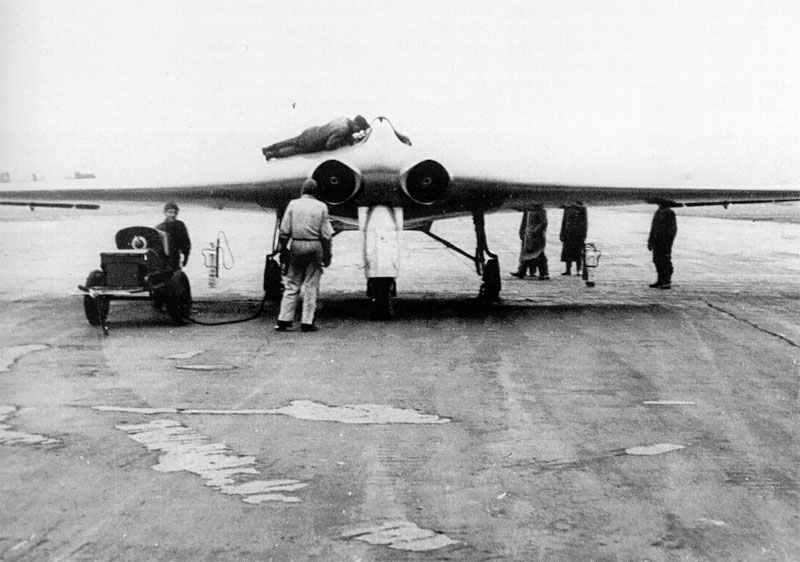The Forsyte Saga: A Timeless Exploration of Society

Introduction
‘The Forsyte Saga,’ written by John Galsworthy, is a pivotal work in English literature that illustrates the complexities of British society in the early 20th century. With its deep exploration of class, wealth, and familial conflict, the saga remains relevant today, offering insights into contemporary social structures. The recent centenary celebrations of Galsworthy’s masterpiece have reignited interest in its themes, positioning it as a crucial text for understanding historical and modern societal dynamics.
Overview of The Forsyte Saga
Originally published in three volumes between 1906 and 1921, ‘The Forsyte Saga’ chronicles the lives and trials of the wealthy Forsyte family, led by the patriarch Soames Forsyte. Set against the backdrop of societal change during the Victorian era and beyond, the narrative explores class aspirations, materialism, and the changing roles of women. Galsworthy’s keen insights into the human condition resonate with readers, shedding light on timeless dilemmas involving love, duty, and personal ambition.
Recent Celebrations and Adaptations
This year marks the 100th anniversary of the final installment of ‘The Forsyte Saga,’ coinciding with increased adaptations of the work across various media. A recent television adaptation has captivated modern audiences, highlighting its continued relevance. Museums and literary societies have also planned exhibitions and readings, showcasing Galsworthy’s strong narrative style and his critical perspective on the class system of his time.
Modern Relevance
Many of the themes explored in ‘The Forsyte Saga’ find echoes in current societal issues, making it a subject of renewed academic interest. The examination of wealth and its effects on family relationships invites discussions about social stratification and economic disparity in today’s world. Critics have noted that the series’ commentary on the constraints of societal expectations resonates strongly in contemporary discussions surrounding gender roles and family dynamics.
Conclusion
‘The Forsyte Saga’ serves not only as a historical narrative but also as a mirror reflecting ongoing societal challenges. As readers and scholars delve deeper into Galsworthy’s work, the saga’s ability to transcend time and provoke thought about character and society ensures its continued place in the literary canon. As discussions about wealth, privilege, and personal freedom persist, ‘The Forsyte Saga’ encourages us to reflect on our values and the legacies we create within our own families and communities.
